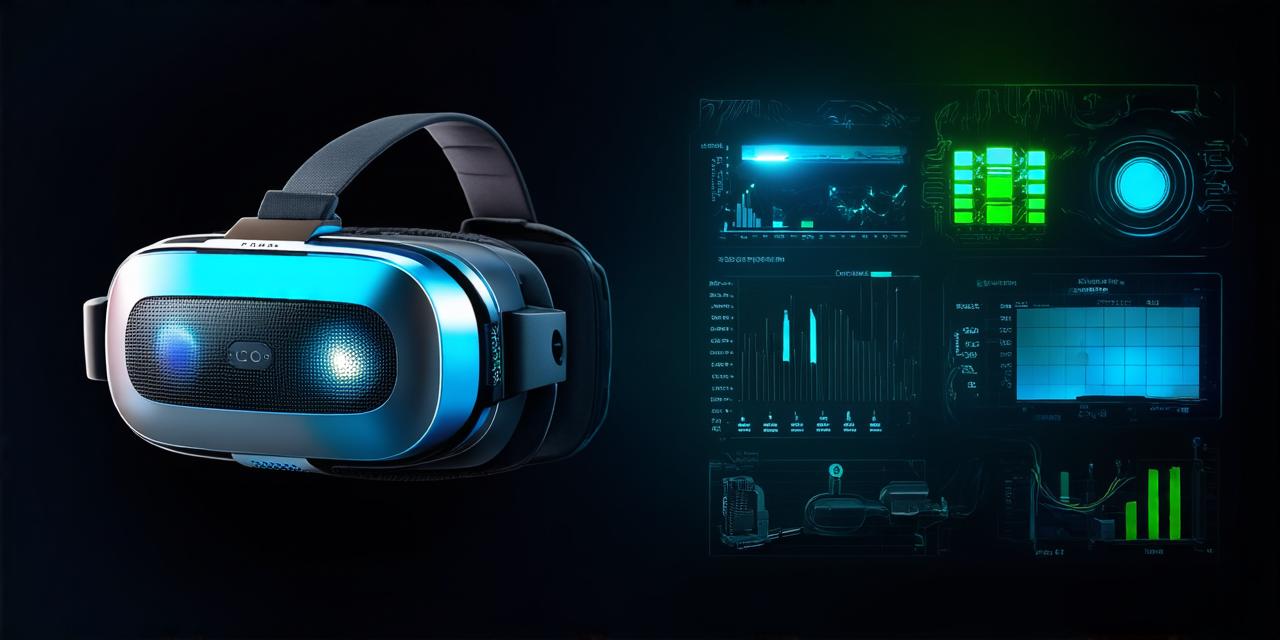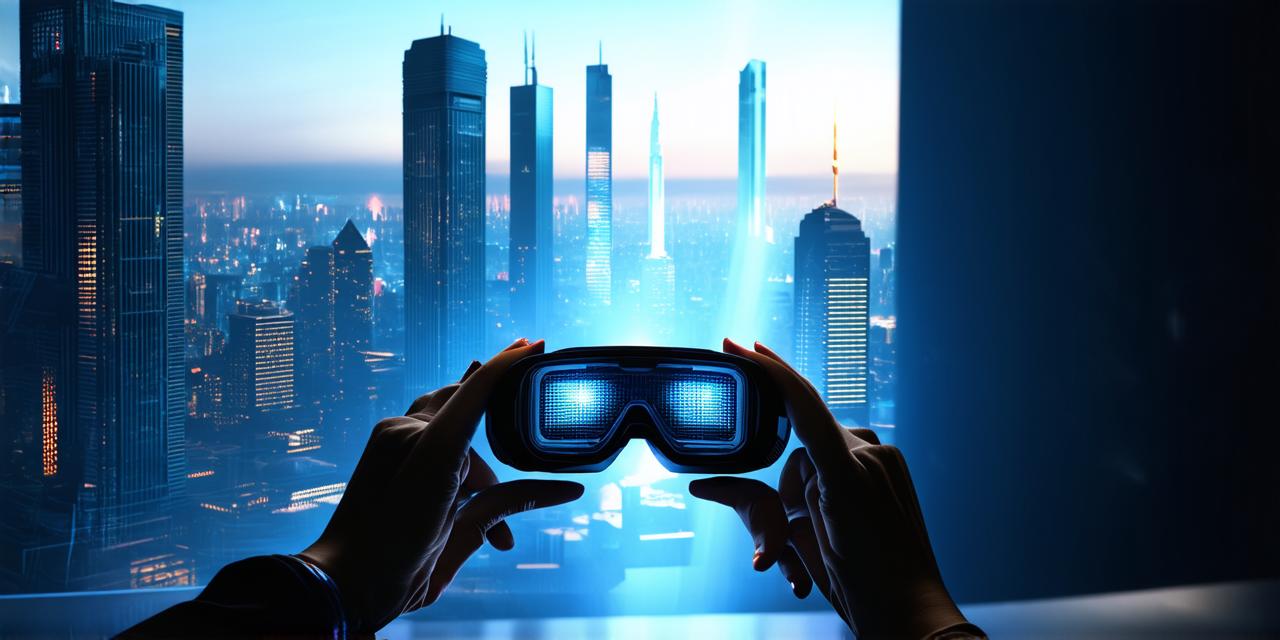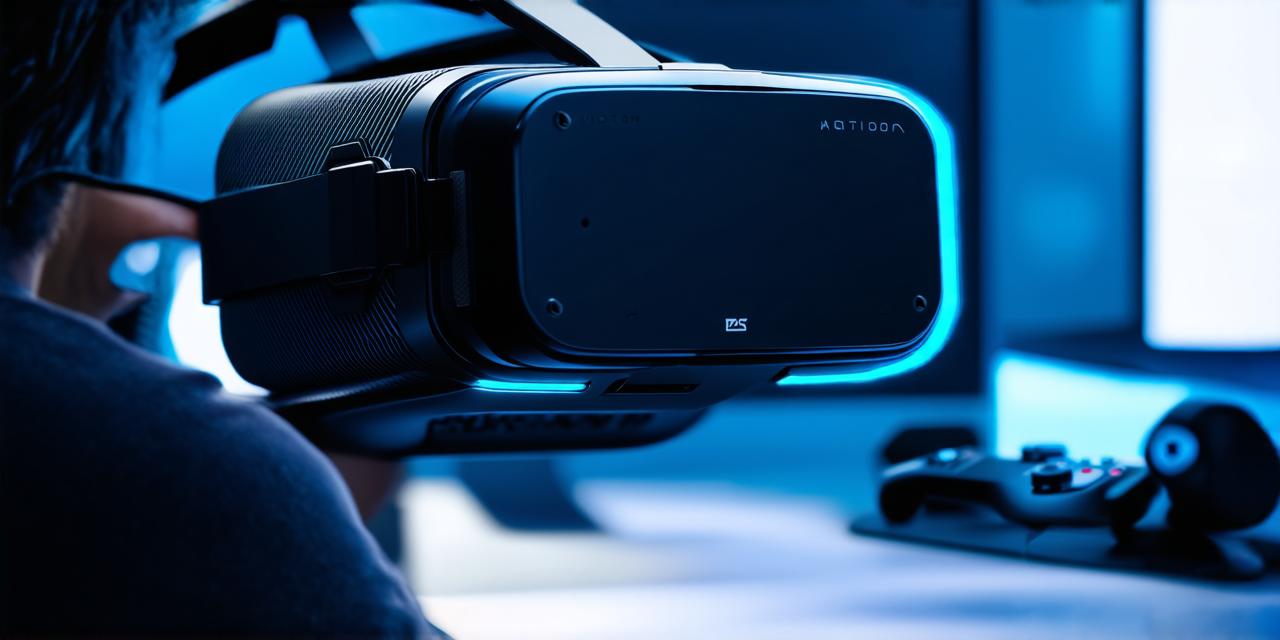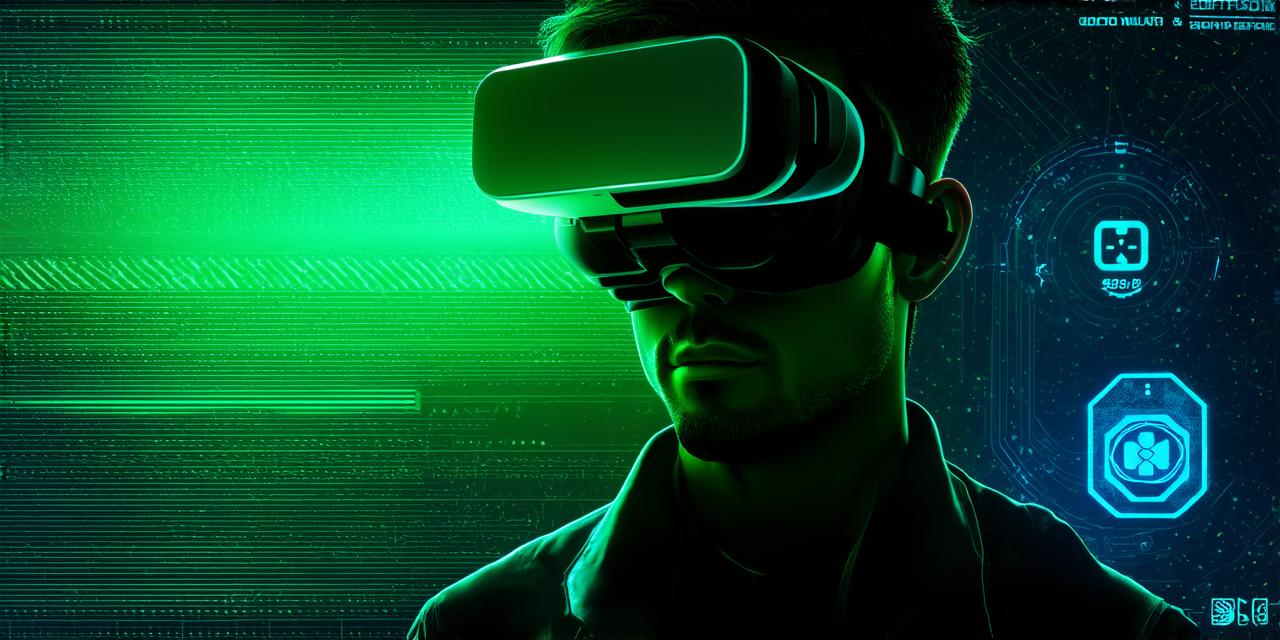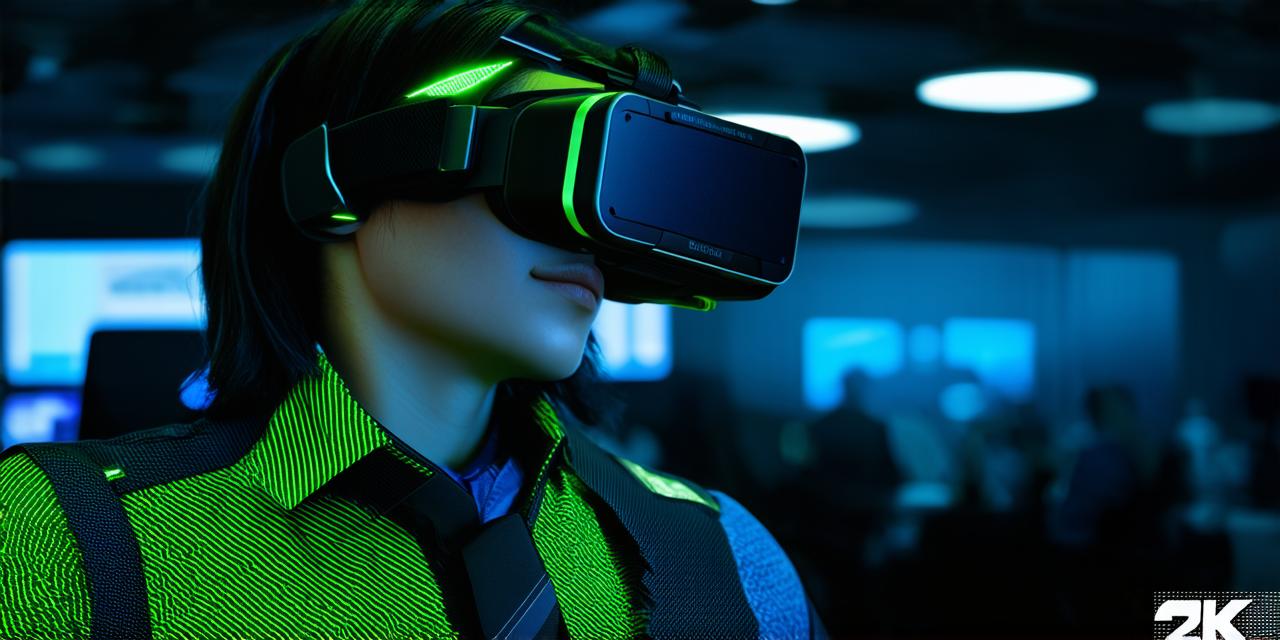Virtual reality (VR) technology is rapidly advancing, and virtual reality headsets are becoming increasingly popular. VR headsets allow users to immerse themselves in a simulated environment and interact with it using hand movements and other input devices.
Components of a VR Headset
A VR headset consists of several key components that work together to provide an immersive experience for the user. These include:
- Display: The display is responsible for showing the virtual environment to the user. It typically consists of multiple screens that are arranged in a way to create a 3D image.
- Lenses: The lenses are designed to reduce motion sickness and provide a more realistic experience by adjusting the focus and depth of field based on where the user is looking.
- Sensors: Sensors track the user’s movement and adjust the virtual environment accordingly. They typically include accelerometers, gyroscopes, and magnetometers that can detect changes in movement and orientation.
- Input Devices: Input devices such as hand controllers or gloves allow users to interact with the virtual environment using gestures and other movements.
- Processor: The processor is responsible for rendering the virtual environment and processing user input. It typically includes a powerful graphics card, multi-core CPU, and memory.
- Power Supply: The power supply provides the necessary voltage and current to all the components of the VR headset.
When a user puts on a VR headset, they are presented with a virtual environment that appears to be in 3D. The display uses stereoscopic rendering to create a realistic 3D image by showing slightly different perspectives from each eye. This creates an illusion of depth and allows the brain to perceive the environment as if it were real.
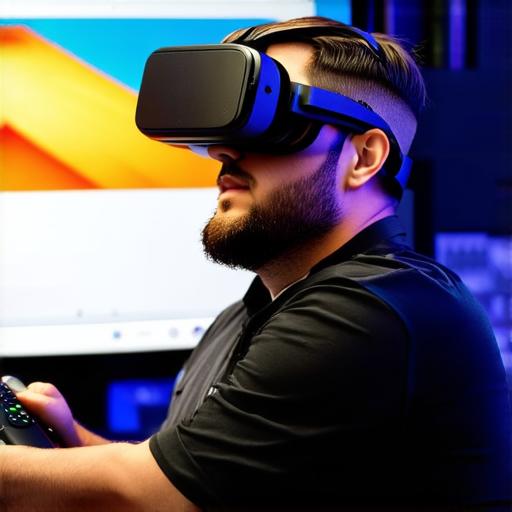
Operation of a VR Headset
The sensors in the VR headset track the user’s movement using accelerometers, gyroscopes, and magnetometers. This information is used to adjust the virtual environment accordingly, allowing the user to move and interact with objects within the environment. The input devices allow users to interact with the virtual environment using gestures and other movements.
The processor in the VR headset processes all of this data in real-time, rendering the virtual environment and updating it based on the user’s actions. This creates a seamless and immersive experience for the user.
Common Issues with VR Headsets
While VR headsets are becoming increasingly popular, they can also be prone to issues that can impact the user’s experience. Some common issues include:
- Motion Sickness: Motion sickness is a common problem when using VR headsets, particularly for people who are prone to motion sickness in general. To reduce the risk of motion sickness, it’s important to use comfortable input devices and adjust the settings on the VR headset to match the user’s preferences.
- Field of View: The field of view (FOV) of a VR headset can impact the user’s experience by limiting the amount of information they can see at once. To improve the FOV, it’s important to use high-quality displays and adjust the settings on the VR headset accordingly.
- Lag: Lag can occur when the processor in the VR headset is unable to keep up with the user’s movements. This can result in a delay between the user’s actions and the response of the virtual environment. To reduce lag, it’s important to use a powerful processor and ensure that the VR headset is properly optimized for performance.
